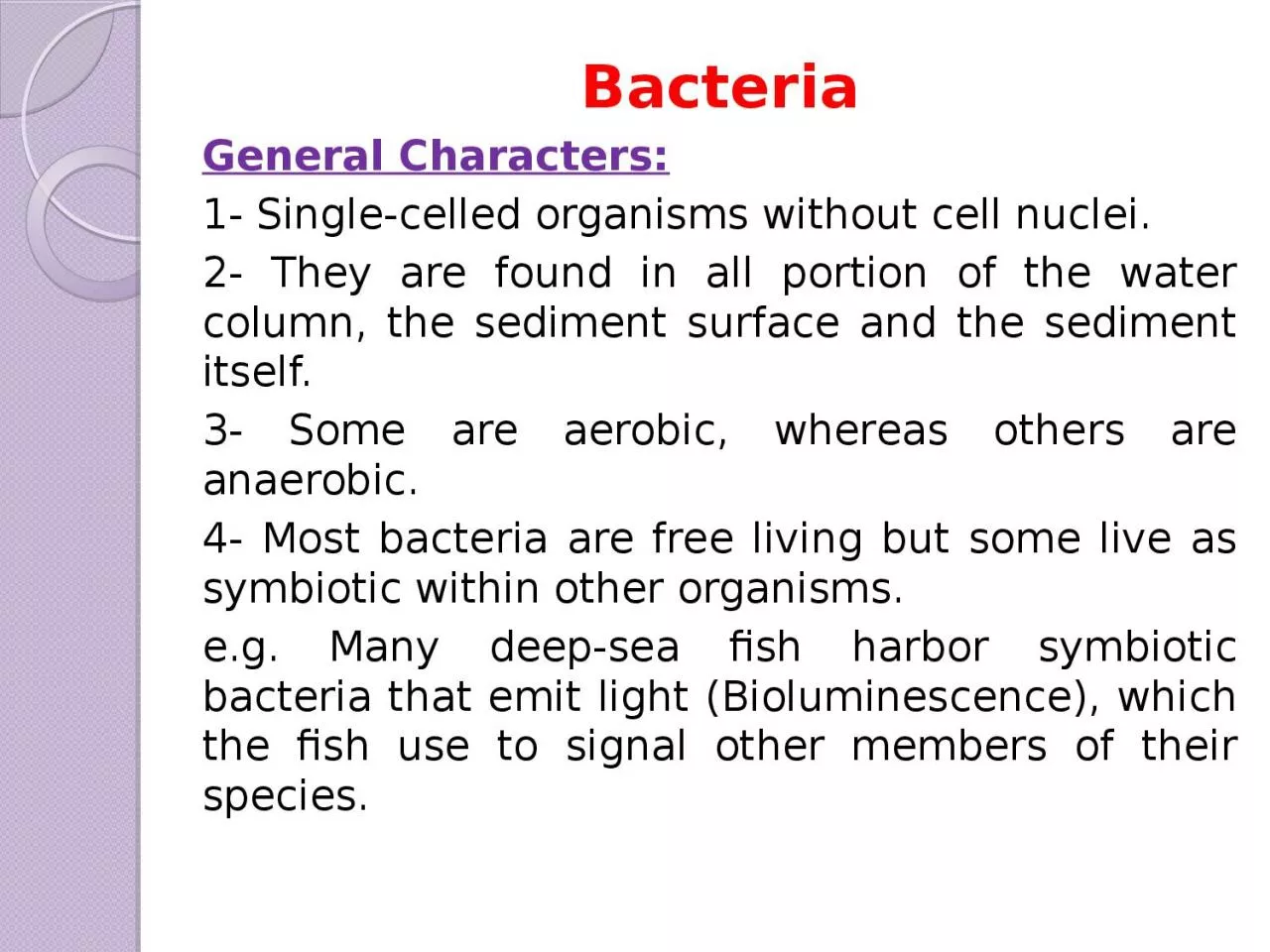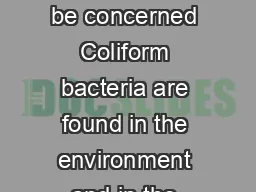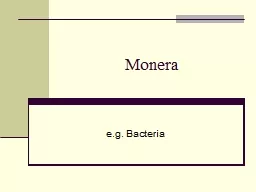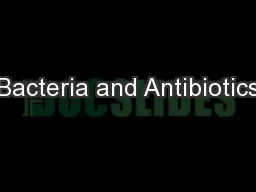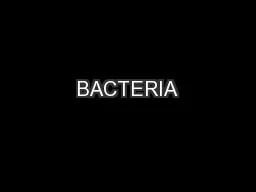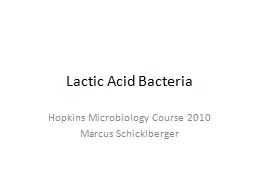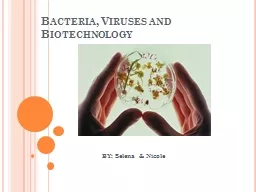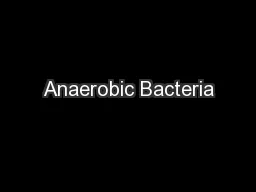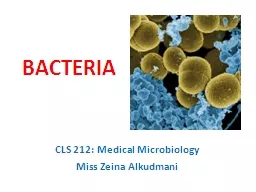PPT-Bacteria General Characters:
Author : kylie | Published Date : 2024-01-03
1 Singlecelled organisms without cell nuclei 2 They are found in all portion of the water column the sediment surface and the sediment itself 3 Some are aerobic
Presentation Embed Code
Download Presentation
Download Presentation The PPT/PDF document "Bacteria General Characters:" is the property of its rightful owner. Permission is granted to download and print the materials on this website for personal, non-commercial use only, and to display it on your personal computer provided you do not modify the materials and that you retain all copyright notices contained in the materials. By downloading content from our website, you accept the terms of this agreement.
Bacteria General Characters:: Transcript
Download Rules Of Document
"Bacteria General Characters:"The content belongs to its owner. You may download and print it for personal use, without modification, and keep all copyright notices. By downloading, you agree to these terms.
Related Documents

